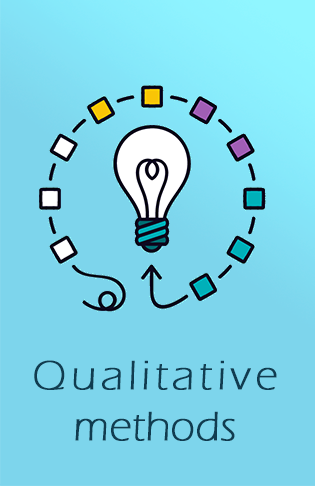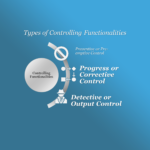Human Resource Planning (HRP)
First of all, what does planning as a concept mean to human resources?
Human Resource Planning as a concept: is the process of predicting the future situation of human resources in an organization, being ready for the developments and changes that may happen and anticipating solutions and alternatives.
Human resource planning as a “function” is one of human resource management functions in every organization.
This function includes making decisions and defining appropriate procedures to ensure the required number of employees with the required skills is available when they are needed in line with work needs and volume, In addition to analyzing current capabilities of workforce to anticipate future requirements of human resources.
Good planning of human resources protects the organization from facing problems of workforce shortage or surplus against the needed number to accomplish current and future works.

In other words: planning ensures that departments will not suffer from a defect in the quality of experiences or a shortage of staff, which may hinder the completion of the required work, while other departments suffer from a surplus of staff…
Now let’s answer some questions like:
What is the importance of human resource planning? … What are the objectives that make planning the pillar of human resource management? … What are the methods adopted for determining human resource needs?
Human Resource Management Objectives
- Accurately determine the organization’s requirements of necessary workforce, including the competencies and experiences needed to carry out the present and future functions through an appropriate timeline
- Invest in the human resources in a way that makes the best use of them to serve the organization’s goals
- Balance the distribution of employees in terms of quantity and quality among the different sectors, so that it is fair and proportional to the workloads in each sector, and managing the possibilities of any shortage or surplus automatically and smoothly
- Early detection of potential problems in human resources; For example, changes that occur in terms of the quantity of services provided by the organization, which require additional supplies of workers, or requisite changes in the nature of some services to keep pace with the market demands, which requires a different quality of experiences
- Set procedures to manage the needs of human resources corresponding to the rates of retirement, transfer and promotion
- Determine the expenses related to human resources; the expenses expected to be spent on their training and development, and on the individual and collective initiatives proposed by them, in order to support and motivate them to do their best in line with the organization’s goals
- Control the process of meeting the future needs of workforce as much as possible from the organization’s human resources in order to prevent any financial or time wastage
What does setting the HRP objectives follow?
For every plan whose objectives have been defined, methods must be carefully chosen by the management in order to start the works and implementation of plans through specific and clear paths.
So, what are the most important methods adopted in determining the needs of human resources during the human resource planning stage…?
Methods Adopted in Determining the Needs of Human Resources
First: Qualitative (non-quantitative) Methods:
They can be divided into:
- A prediction that starts from the top of the pyramid and goes down, i.e. exploring the views of officials from the heads and leaders.
- A prediction that starts from the base of the pyramid towards the top, i.e. exploring the opinions of subordinates and employees.
- The method of setting detailed goals for each sector of the organization according to the general plan.
- Delphi method: which is based on exploring the opinions of experts in the field of human resource planning and taking their advice and using it to forecast workforce needs.

Second: Quantitative Methods
They are divided into:
- Trend Projections: It depends on identifying the changes that occurred in human resources in a previous year, and generalizing ( projecting) them on the current and future years, by drawing a diagram that gives the ratio of: changes in the number of employees against specific previous time periods
- Work Loading: It is the calculation of production rates against the actual volume of activity for each worker:
If the planned rate of production = 10,000 units per month, and the worker’s productivity rate = 500 units per month, then the number of needed individuals to achieve the production rate is 10,000/500 = 20 workers
- Markov Model : It is based on analyzing the movement of human resources within the organization in various departments during sequential periods of time so; results allow prediction of the future human resources.

To apply this method, the following information must be available:
- The number of workers in each job during the analysis time
- Statistics of workers’ movements depend on probabilities based on the previous movements.
- Details of the future time period that will be included in the analysis of predicting the needs of human resources
The basis of human resource planning, as we mentioned, is to set logical objectives that clarify the importance of work and form the basis for the rest of the planning stages, such as defining the methods, procedures and paths of workflow and others…









